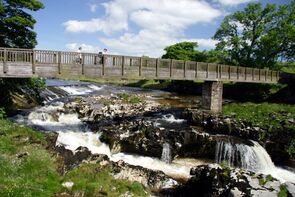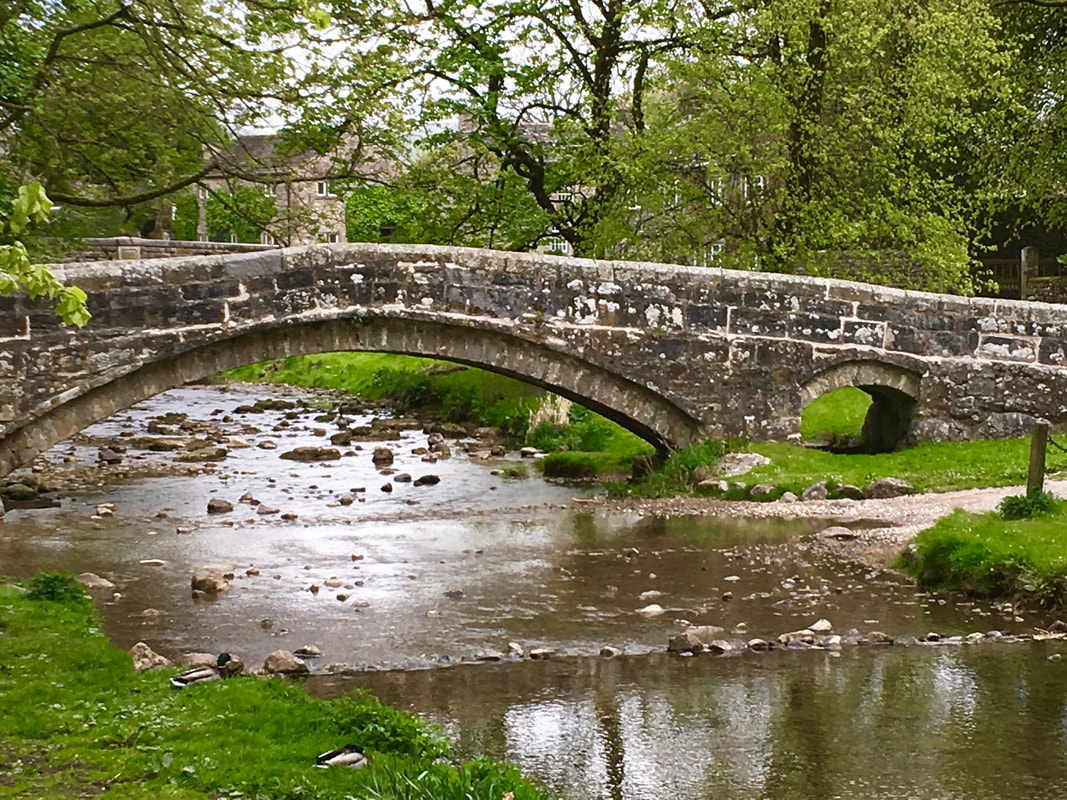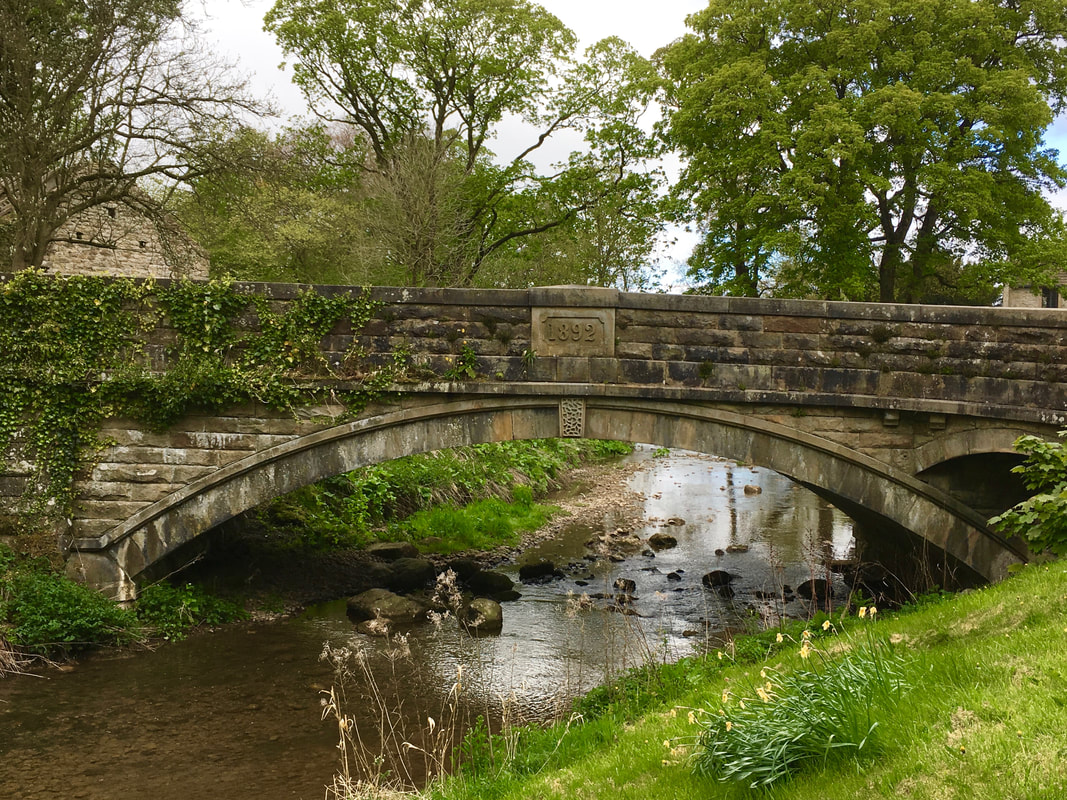You’ll immediately notice the three bridges over the beck: children particularly love the ancient clapper bridge and the tiny archway in the packhorse bridge. Close to the clapper bridge you'll see a building in a combination of Palladian and Georgian styles that seems a little grand for a Dales hamlet.

Fountaine left money in his will to built the almshouses and chapel in 1721. He left an explicit request for Fountaine's Hospital to be built to house the local poor, and made plans far into the future – his funds were also to be used to buy and let agricultural land, using the income to finance the running of the hospital (hospital then meant more of a refuge). The almshouses are still inhabited by locals and prayers still said in the tiny chapel, which is generally open to visitors during daylight hours.

The other cottages feel more agricultural and in keeping with the scale of the village, where flax was once an important crop.

When the water isn’t too high, you can use the ancient stepping stones further across the beck to the 12th century church. I wonder how many feet have crossed over the centuries to visit the beautiful church?
You may also spot the restored hydro-electic plant.

They recently created a room ‘Sheila Bownas Studio’ to celebrate the work of this Linton artist who created patterns for Liberty and Marks and Spencer, often inspired by the views from her window in Linton.
Please note: there is very little parking in Linton so it's best to park by the National Park offices in Grassington and to enjoy the very pleasant walk to Linton and back.




 RSS Feed
RSS Feed
